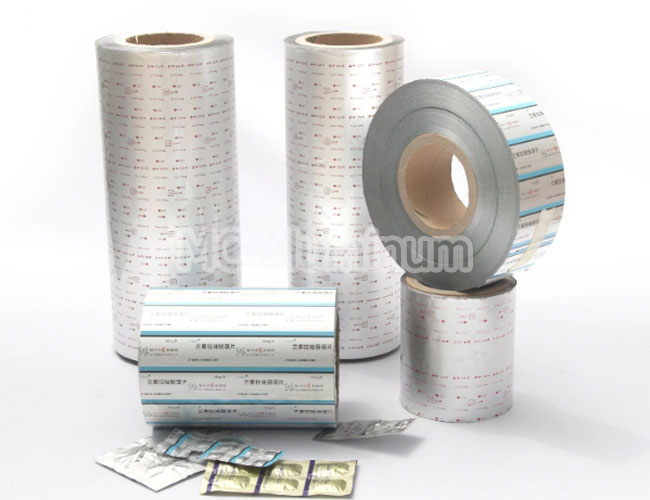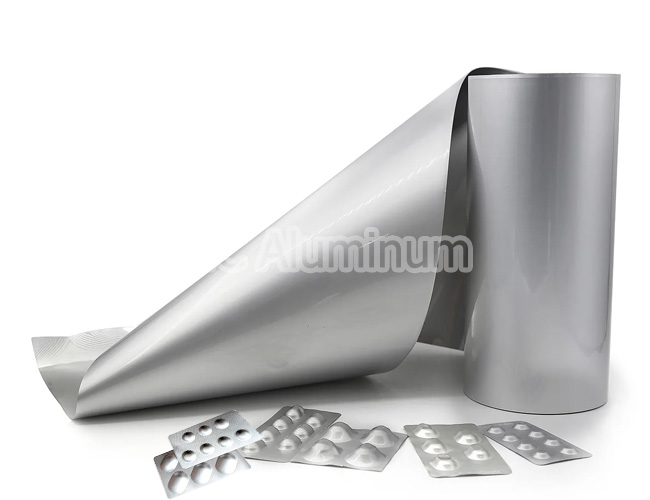- Xin'an Industrial, Luoyang,Henan Province,China
- sales@alummc.com

Milk powder packaging
Emulsion composite film packaging bags are normally made of several layers of plastic composites, AL-aluminum foil, PET-polyester film, CPP-polyester propylene film, which has more advantages, such as space saving, low transportation cost, not easy to break, label not easy to fall off, corrosion resistance, strong barrier properties, high and low temperature resistance, etc., and the protection performance of emulsions is enhanced, so the packaging of emulsions is in line with the development trend of the pesticide packaging industry.
PET/AL/thermal composite CPP structure is widely used in milk powder packaging, especially in cases where there are high requirements for protection, sealing and user convenience. This composite material consists of three layers, which can provide excellent moisture resistance, oxidation resistance, UV resistance and light resistance, and is very suitable for the packaging of sensitive products such as milk powder.

PET/AL/thermal composite CPP structure
Structural specifications: PET/AL/thermal composite CPP
| Material Layer | Main Ingredients | Key Features |
| PET(Polyester film) | Polyethylene terephthalate | It has strong mechanical strength and excellent temperature resistance, providing good printing surface and tear resistance. |
| AL(Aluminum foil) | Aluminum foil | Provides excellent barrier properties to prevent external factors such as moisture, oxygen, and light from affecting the contents of the package. |
| Thermal composite CPP (thermal composite polypropylene film) | Polypropylene(CPP) | Providing heat sealability and good tensile strength, the heat seal layer ensures the sealing of the package to prevent product leakage. |
Milk powder packaging Advantage:
Excellent moisture and oxidation resistance: especially suitable for high humidity and high temperature environments.
Good printing adaptability: suitable for various brand promotions and information display.
Strong sealing: excellent heat sealing performance, can effectively prevent leakage of contents.
Environmental protection: the use of composite materials can reduce the weight of packaging, reduce transportation costs, and can be recycled.
Milk powder packaging Specification:
Application of Milk powder packaging:
Food packaging: used for packaging of various foods, especially products that require high moisture resistance and high barrier properties, such as nuts, dried fruits, condiments, milk powder, etc.
Pharmaceutical packaging: suitable for packaging of pharmaceuticals that are sensitive to light, moisture, and oxygen, ensuring the stable quality of pharmaceuticals during transportation and storage.
Coffee and tea packaging: protect the aroma and freshness of products such as coffee beans and tea leaves.
Daily chemical product packaging: such as shampoo, skin care products, etc., to prevent products from getting damp or oxidized.
Consumer electronics packaging: such as batteries, optical components, and other consumer electronics packaging that require good moisture protection.
Packing & Delivery:
Contact Us
Address
- Xin'an Industrial, Luoyang,Henan Province,China
- sales@alummc.com alummc@hotmail.com









